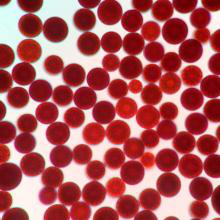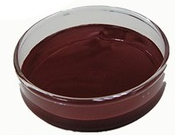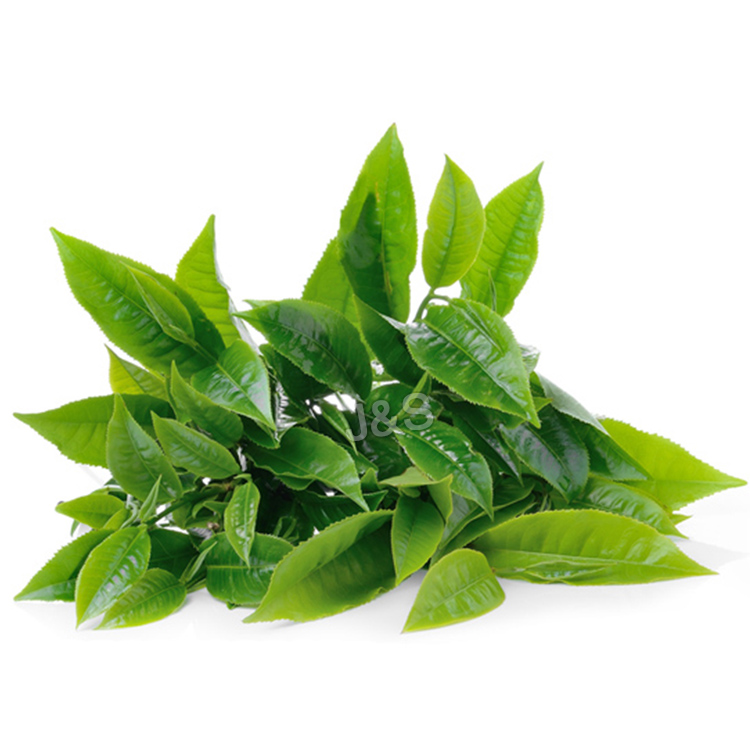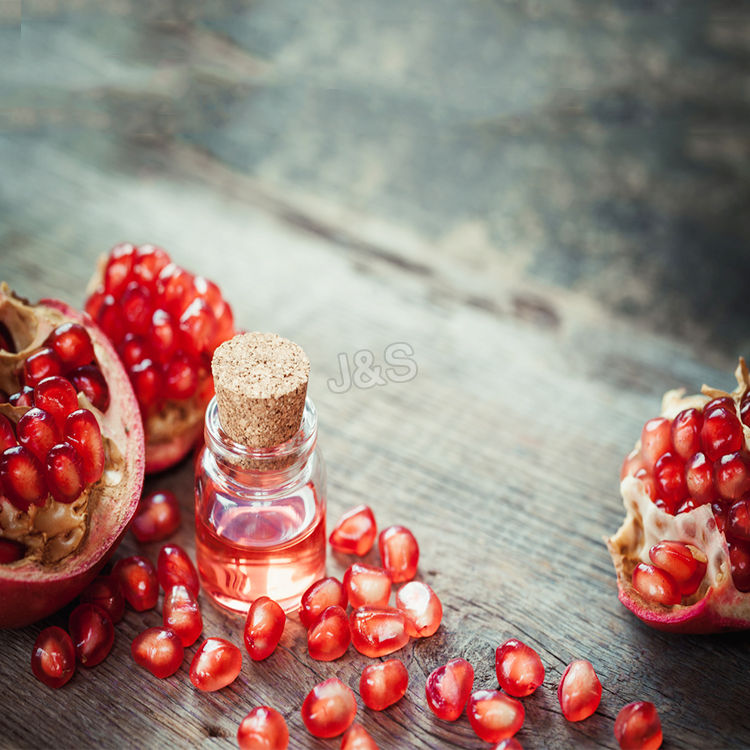Hot Sale for Astaxanthin in Morocco
Hot Sale for Astaxanthin in Morocco Detail:
[Latin Name] Haematococcus Pluvialis
[Plant Source] from China
[Specifications]1% 2% 3% 5%
[Appearance] Dark red Powder
[Particle size] 80 Mesh
[Loss on drying] ≤5.0%
[Heavy Metal] ≤10PPM
[Storage] Store in cool & dry area, keep away from the direct light and heat.
[Shelf life] 24 Months
[Package] Packed in paper-drums and two plastic-bags inside.
[Net weight] 25kgs/drum
Brief Introduction
Astaxanthin is a natural nutritional component, it can be found as a food supplement. The supplement is intended for human, animal, and aquaculture consumption.
Astaxanthin is a carotenoid. It belongs to a larger class of phytochemicals known as terpenes, which are built from five carbon precursors; isopentenyl diphosphate and dimethylallyl diphosphate . Astaxanthin is classified as a xanthophyll (originally derived from a word meaning “yellow leaves” since yellow plant leaf pigments were the first recognized of the xanthophyll family of carotenoids), but currently employed to describe carotenoid compounds that have oxygen-containing moities, hydroxyl or ketone , such as zeaxanthin and canthaxanthin. Indeed, astaxanthin is a metabolite of zeaxanthin and/or canthaxanthin, containing both hydroxyl and ketone functional groups. Like many carotenoids, astaxanthin is a colorful, lipid-soluble pigment. This colour is due to the extended chain of conjugated (alternating double and single) double bonds at the centre of the compound. This chain of conjugated double bonds is also responsible for the antioxidant function of astaxanthin (as well as other carotenoids) as it results in a region of decentralized electrons that can be donated to reduce a reactive oxidizing molecule.
Function:
1.Astaxanthin is a powerful antioxidant and may protect against oxidative damage to body tissues.
2.Astaxanthin can improve the immune response by increasing the number of antibody producing cells.
3.Astaxanthin is a potential candidate to treat neurodegenerative disease such as Alzhimer and Parkinson diease.
4.Astaxanthin dan reduce UVA-light damage to skin such as sunburn, inflammation, ageing and skin cancer.
Application
1.When applied in pharmaceutical field, astaxanthin powder has the good function of antineoplastic;
2.When applied in health food field, astaxanthin powder is used as food additives for pigment and health care;
3.When applied in cosmetic field, astaxanthin powder has the good function of antioxidant and anti-aging;
4.When applied in animal feeds field, astaxanthin powder is used as animal feed additive to impart coloration, including farm-raised salmon and egg yolks.
Product detail pictures:

Related Product Guide:
"Sincerity, Innovation, Rigorousness, and Efficiency" may be the persistent conception of our organization to the long-term to build together with shoppers for mutual reciprocity and mutual advantage for Hot Sale for Astaxanthin in Morocco , The product will supply to all over the world, such as: El Salvador, Portugal, Mongolia, With all these supports, we can serve every customer with quality product and timely shipping with highly responsibility. Being a young growing company, we might not the best, but we're trying our best to be your good partner.
UCI Chem 128 Introduction to Chemical Biology (Winter 2013)
Lec 16. Introduction to Chemical Biology — Glycobiology & Polyketides — Part 2
View the complete course: https://ocw.uci.edu/courses/chem_128_introduction_to_chemical_biology.html
Instructor: Gregory Weiss, Ph.D.
License: Creative Commons BY-NC-SA
Terms of Use: https://ocw.uci.edu/info.
More courses at https://ocw.uci.edu
Description: Introduction to the basic principles of chemical biology: structures and reactivity; chemical mechanisms of enzyme catalysis; chemistry of signaling, biosynthesis, and metabolic pathways.
Introduction to Chemical Biology (Chem 128) is part of OpenChem: https://ocw.uci.edu/collections/open_chemistry.html
This video is part of a 18-lecture undergraduate-level course titled “Introduction to Chemical Biology” taught at UC Irvine by Professor Gregory Weiss.
Recorded March 5, 2013.
Index of Topics:
0:00:33 Polysaccharides
0:08:45 Fatty Acid Synthase: Paradigm for a Polyketide Synthesis Machine
0:10:58 Plasma Membrane = Lipid Barrier
0:13:44 Hydrolysis of LIpids in Cell Signaling
0:15:26 Prostaglandin Signaling to Coordinate Cell Response
0:16:15 Leukotrienes Mediate Inflammatory Response
0:19:09 Shutting Down the Prostaglandin Pathway at its Start
0:23:39 Converting Fats into Soaps
0:25:54 Diversifying Products from Polyketide Synthases
0:39:54 Fatty Acid Synthase (FAS) Has a Circular Assembly Line
0:44:18 Terpenes: Built from Isoprene (5C) Units
0:56:18 Inhibition of Cholesterol Synthesis
0:57:48 Cyclization of Straight-Chain Precursors by Enzymes
Required attribution: Weiss, Gregory Introduction to Chemical Biology 128 (UCI OpenCourseWare: University of California, Irvine), https://ocw.uci.edu/courses/chem_128_introduction_to_chemical_biology.html. [Access date]. License: Creative Commons Attribution-ShareAlike 3.0 United States License (https://creativecommons.org/licenses/by-sa/3.0/us/deed.en_US).
Christian G. Krueger – CEO of Complete Phytochemical Solutions discusses the 4-(dimethylamino)cinnamaldehyde (DMAC) assay for quantification of soluble proanthocyanidins (PAC) and the butanol hydrochloric acid (BuOH-HCL) assay for quantification of insoluble PAC. Accurate quantification of total PAC is possible by choosing appropriate standard reference materials that reflect the natural structural features of PAC found in the fresh cranberry fruit.
This video is part of the Cranberry Beyond UTI playlist, hosted by celebrity news anchor Jennifer Ward of the Ward Wellness Report, and brought to you by Fruit d’Or Nutraceuticals with it’s line of unparalleled cranberry products and ingredients, Cran Naturelle & Cran d’Or. Visit Crannaturelle.ca for more information.
This company has the idea of "better quality, lower processing costs, prices are more reasonable", so they have competitive product quality and price, that's the main reason we chose to cooperate.







